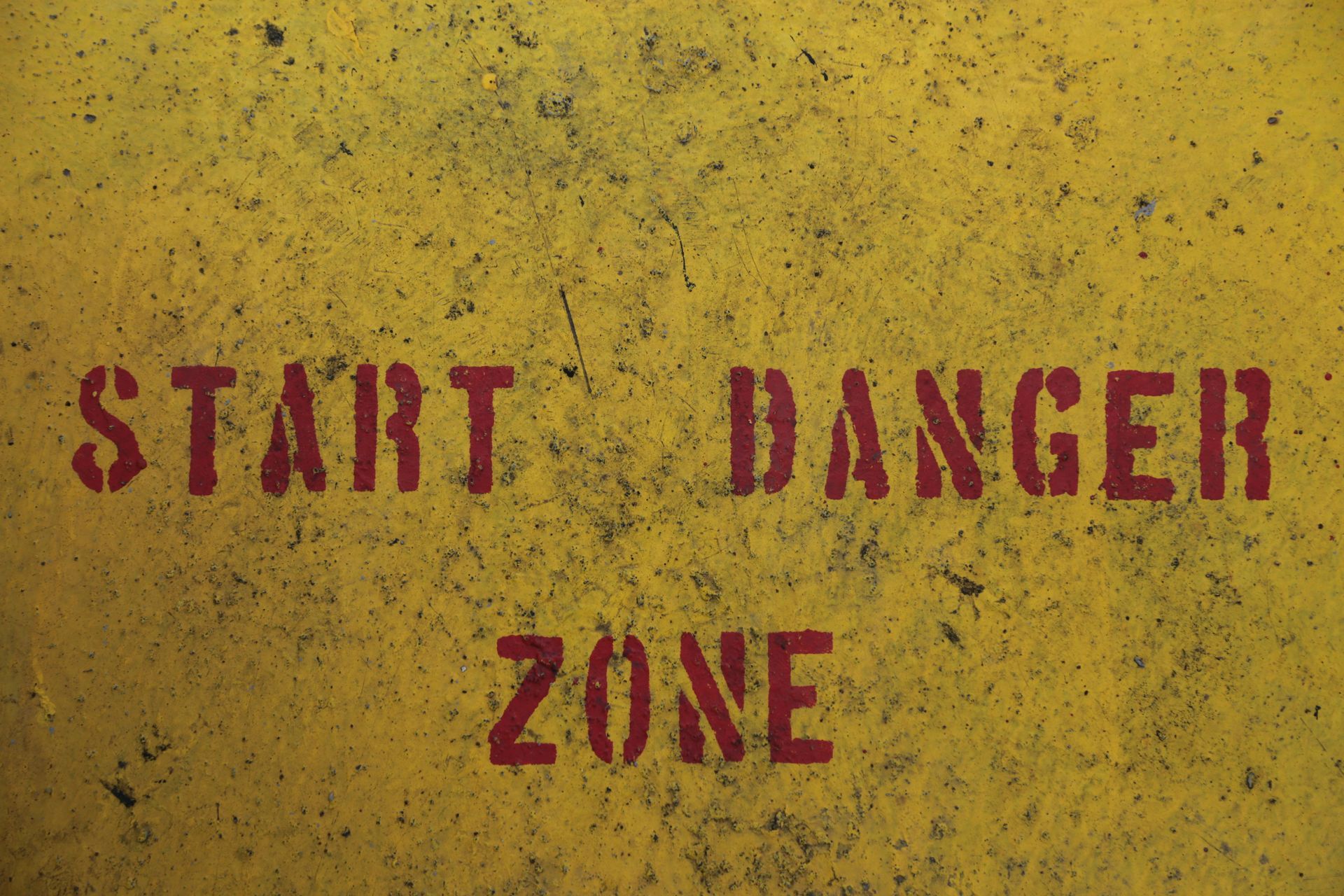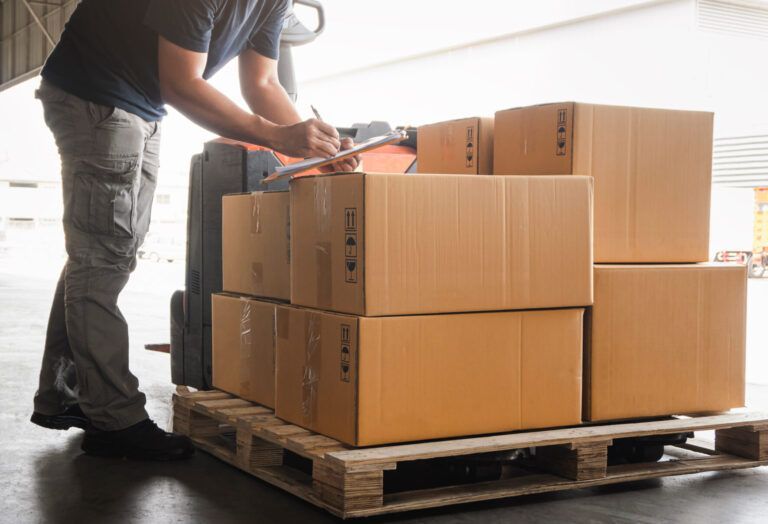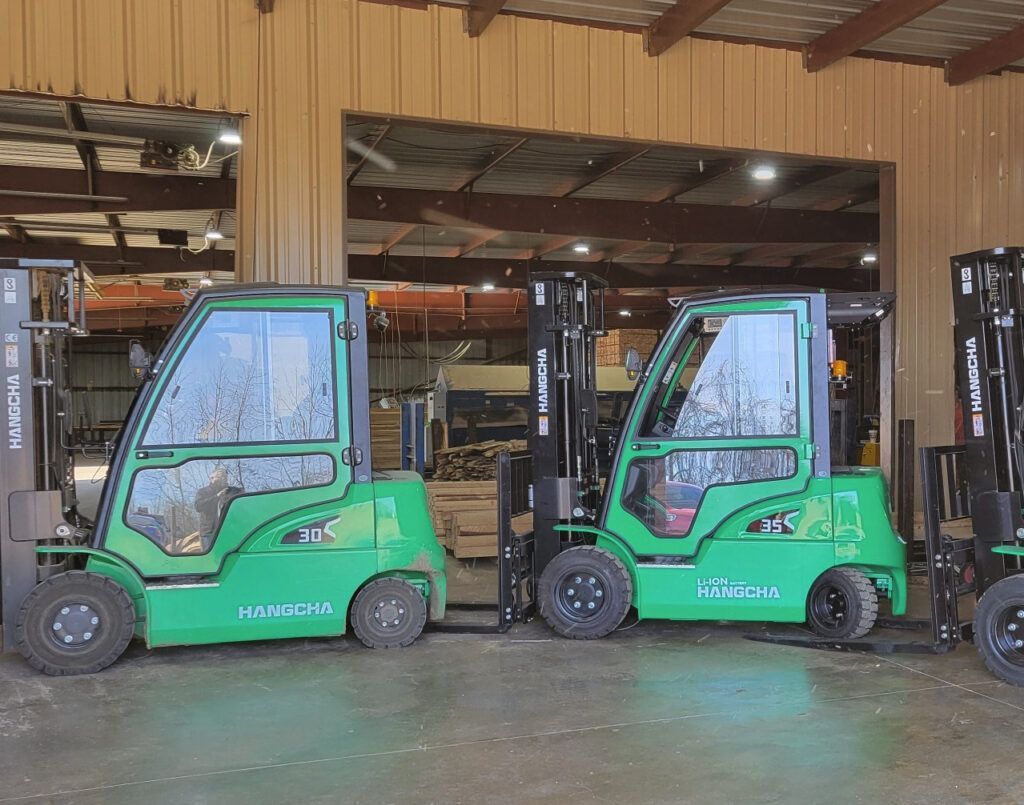Forklift Safety Fundamentals
Did you know that there are an estimated one million forklifts currently in use in the US? That leaves plenty of potential for accidents — in fact, OSHA reports that forklift accidents cause roughly 35,000 serious injuries and 85 fatal accidents every year. It’s also reported that nearly 25% of these accidents happen because of inadequate training. By revisiting forklift safety fundamentals and relaying this information through training and continuing education, managers can build and maintain a thriving culture of safety.
Require Certification
Since a good portion of forklift accidents happen because of poor training, it’s a good idea for warehouse managers to allow only those who are trained based on OSHA regulations, experienced and certified to operate a forklift. These employees need to have performance evaluated regularly (every few years or so) and organizations need to provide continuing education and training materials to keep the knowledge fresh in the minds of forklift operators.
Inspect Equipment
Checking the forklift before every use needs to be a requirement, and any issues should be reported immediately and repaired before the equipment goes back out on the floor. Brakes, lights, the horn, and the steering wheel should be tested, tire and fluid levels need to be examined, and the forks should be inspected for damage.
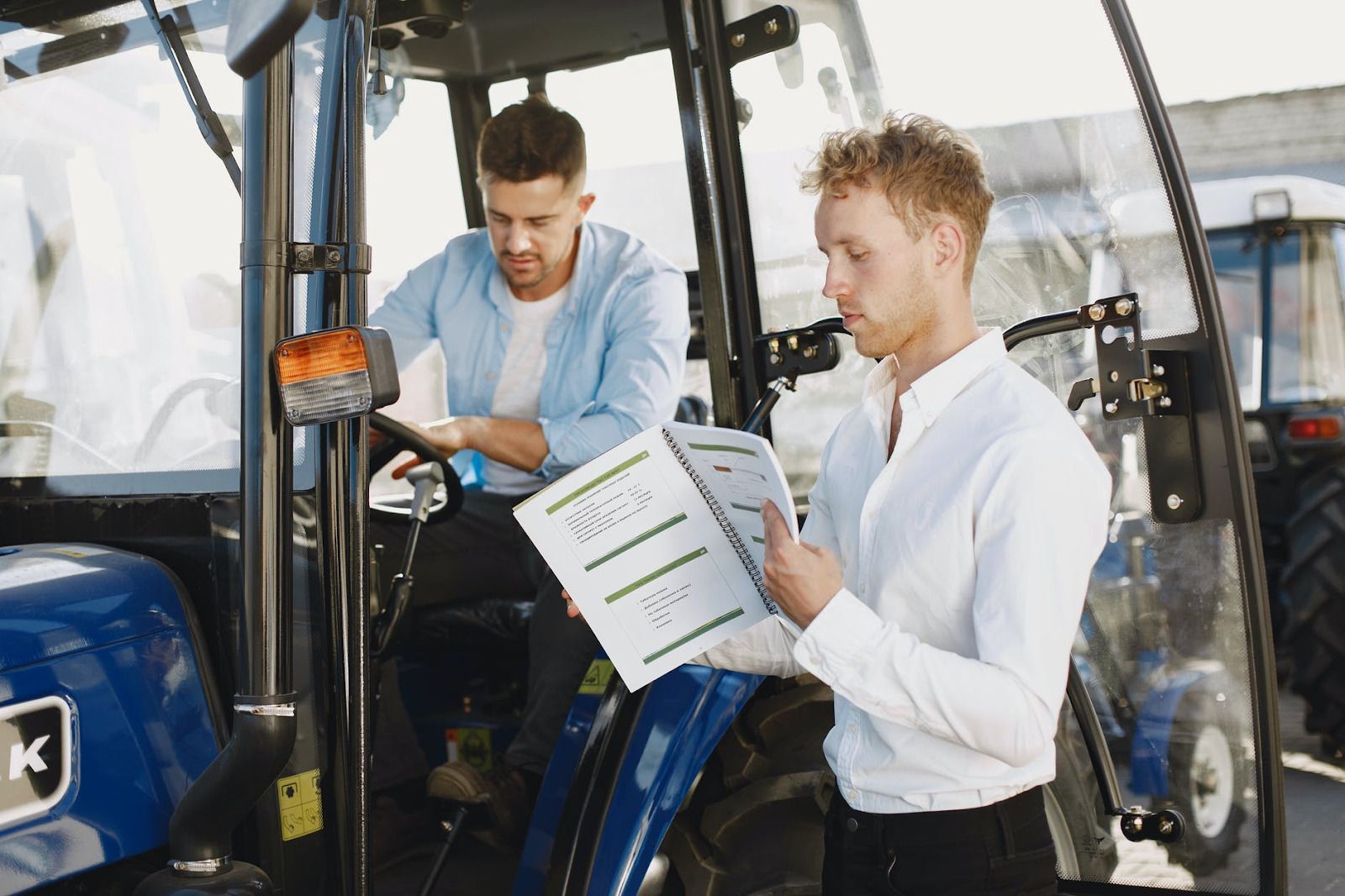
Maintain Visibility
Having a good view of what’s around the forklift makes it much easier to assess potential hazards and avoid accidents. Keep the forks low to the ground to avoid obstructing the view and make eye contact with pedestrians around the equipment. Tools like rear-view mirrors and headlights in darker work conditions also work to help keep operators (and other employees) safe while operating the forklift.
Invest In Floor Marking
Your facility should already have safety markings on the floors, but if that’s not the case, this process needs to be prioritized. The pedestrian flow of traffic needs to be separated from the areas where pedestrians can safely travel, and hazards along each path need to be clearly marked.
Maintain Capacity
Whether it’s inventory or passengers, don’t carry more than the maximum on the forklift. Overloading a forklift can impact the counterweight and cause the equipment to fall forward, leading to loss or damage of inventory or even injury. The same is true for carrying passengers. Unless the forklift has an extra seat and is designed to hold another operator, nobody should be hitching rides. It’s also common sense, but bears repeating: Don’t lift anyone with the forks; there are safety platforms and cages designed for this specific purpose.
Watch Stability
Every forklift has a center of gravity and is designed and built to have a suspension system that’s referred to as the stability triangle. The heavier the load, the further forward the center of gravity, and the bigger risk of tip over. When traveling with loads, keep them tilted backward and keep the forks low to the ground. Use bindings or tethers to secure the loads, and don’t overweight the forks.
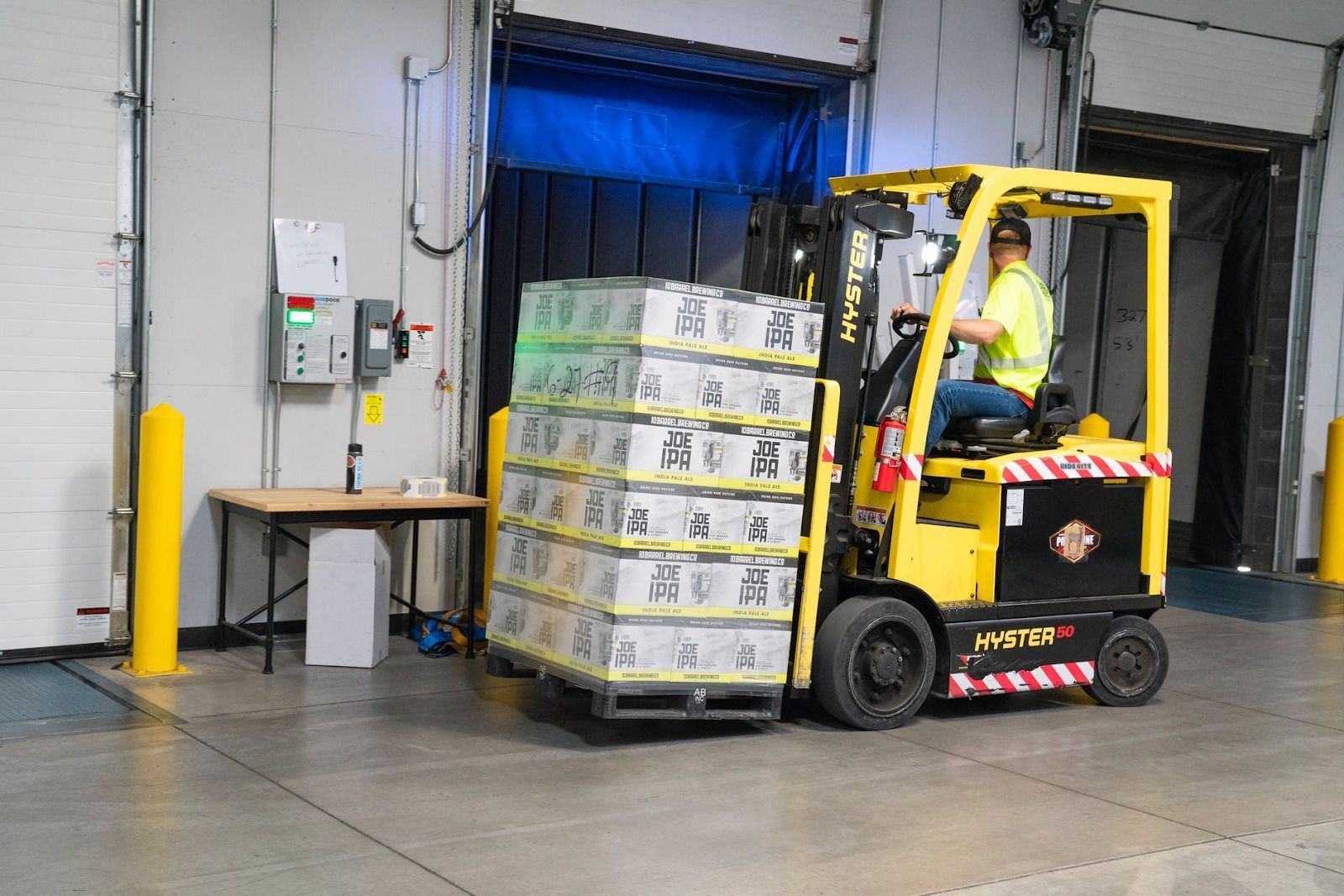
Optimize Operation
Operate your equipment at recommended speeds, don’t stop or change direction when traveling at higher speeds, and watch for other equipment while operating the forklift. Just like driving on the road, there needs to be an appropriate distance between your equipment and others to ensure safe stopping. If a forklift starts to tip over, experts advise NOT to jump out — instead, you should stay in the vehicle and grip the steering wheel.
Designate Parking, Refueling, and Recharging Areas
There needs to be a designated space in your warehouse for equipment to be refueled, recharged, and parked between shifts. This helps to keep your forklifts off the floor and prevent hazards. Forklifts should also be refueled and recharged between each use; losing power or running out of fuel during operation or while a load is attached can quickly become a serious safety hazard.
Invest In Your Equipment
Forklifts that need repair or replacement need to be out of operation until they’re functioning properly. That means you need an equipment partner who will perform routine preventative maintenance and inspections of material handling equipment to minimize breakdowns. Better yet, that partner should be able to provide rental equipment to reduce downtime.
When it comes to the operational safety of the forklifts in your facility, don’t leave things to chance. Our technicians are OSHA trained, and Factory Certified in Hyundai and PowerBoss equipment — get in touch today, let’s create a culture of safety together.
The post Forklift Safety Fundamentals appeared first on Benco Industrial Equipment.
